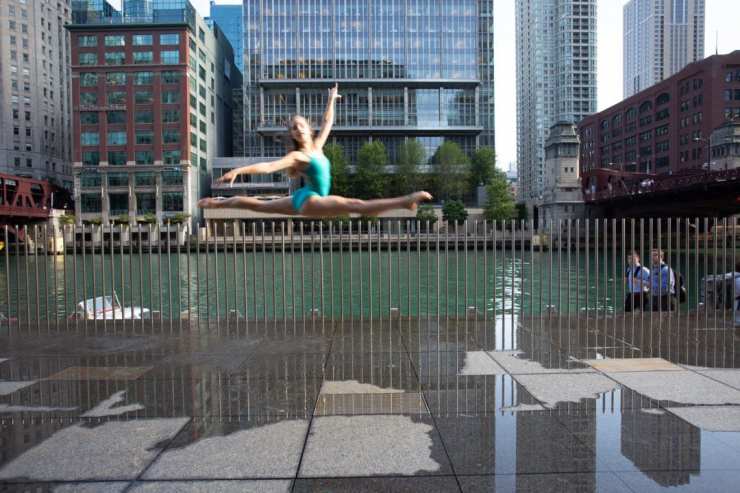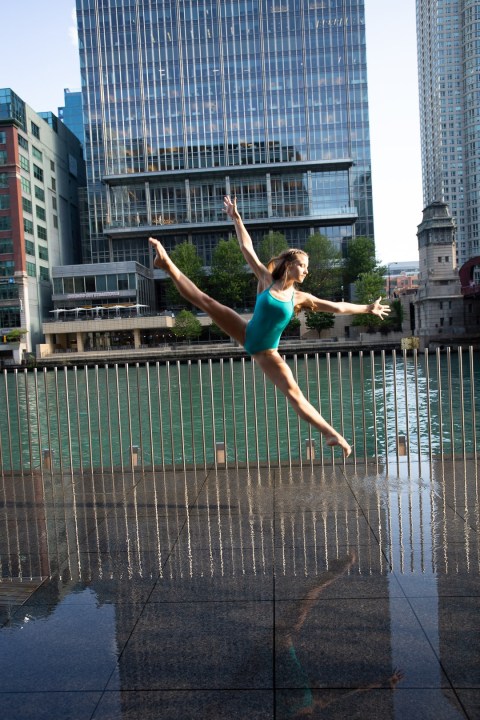We probably all do it at some point — we become lazy, we’re shooting something we don’t really care about, we’re just creating snapshots or for whatever reason, we turn the dial to Auto.
It has its place
I do believe that there are times and places for shooting on Auto. When we are learning the basics of composition placing our camera on auto is one of the best ways to not worry about or think about anything but the composition. We are learning and aren’t trying to create our masterpiece. It’s OK to just set it on Auto and focus on what we are seeing in our frame and how we want to present it.
If you know you absolutely don’t want to miss something. Maybe you aren’t comfortable yet with shooting on Aperture, Shutter or Manual modes and you’re afraid you’ll miss a shot by trying to get your settings right. Putting the camera on Auto can reduce that anxiety a bit. You may not get exactly the image you want, or what you had in your mind, but you’ll still get a fairly decent recording of what you wanted to capture. A moment in time, a particular event or happening so that you can print it and put it in the family album. (You do print your images, don’t you?)
You can learn
Using the Auto function can help us learn what our camera does, how it chooses the settings that it decides are right for a situation. It can also help us learn what NOT to do. Here’s a good exercise — go out and take images with your camera set to Auto. When you import them, look at the images, and go over what worked and what didn’t. Look at the EXIF data to see what the camera chose. For those images that didn’t work, figure out why they didn’t work and what settings you would have chosen differently in the situation to get a better image.
Keeping it on Auto is also a great way to just get familiar with your camera, how it feels in your hands as well as how the viewfinder, touchscreen and lenses all work. It can be overwhelming with all the buttons and dials and menus. By keeping it on Auto you can focus on learning those things until you’re comfortable with them.

Step up to partially manual
Using the semi-manual modes (Aperture and Shutter Priority) can be the next step for beginners who would like to gain more control over the outcome of their images. Again, test them out. Use one only then switch to the other to see how they control your camera. Using either of these can greatly help you depending on what you are shooting. There are many pros out there who use both of these modes the majority of the time.
Get comfortable with what you’re doing. Learn the basics, experiment and play. When I first learned to use my Minolta XG-1 35mm film camera, I wrote everything down. Every. Thing. All my settings, the subject, the weather, the time of day, the light … all of it. I’d develop the film and compare the image with the notes. That’s how I learned how what you do with ISO, Aperture and f-stop affects the outcome of your shot. Just because it’s all digital now, should be no different.

Technology is pretty amazing and getting better all the time, but it’s still not creative. Autofocus doesn’t always choose what you want it to focus on, and the camera choosing the aperture doesn’t make the background blurred out as you had in mind. You can’t always stop motion when you want because the camera doesn’t know that’s what you’re trying to do.
Using auto isn’t bad, doesn’t make you less of a photographer. Just look at it as another tool to use to help you learn to do what you do.
Note that none of the images in this article have been edited; they’ve just exported from Adobe Lightroom Classic as JPEGs.
Tell your story with the second annual Visual Storytelling Conference!
Experience four days of interactive, online training sessions featuring a range of educational content with experienced photographers and content creators. This free event kicks off with a series of technical boot camps to build essential skills, followed by live, online sessions on photography, video, business and social media. Join live from March 10-13, 2022!
